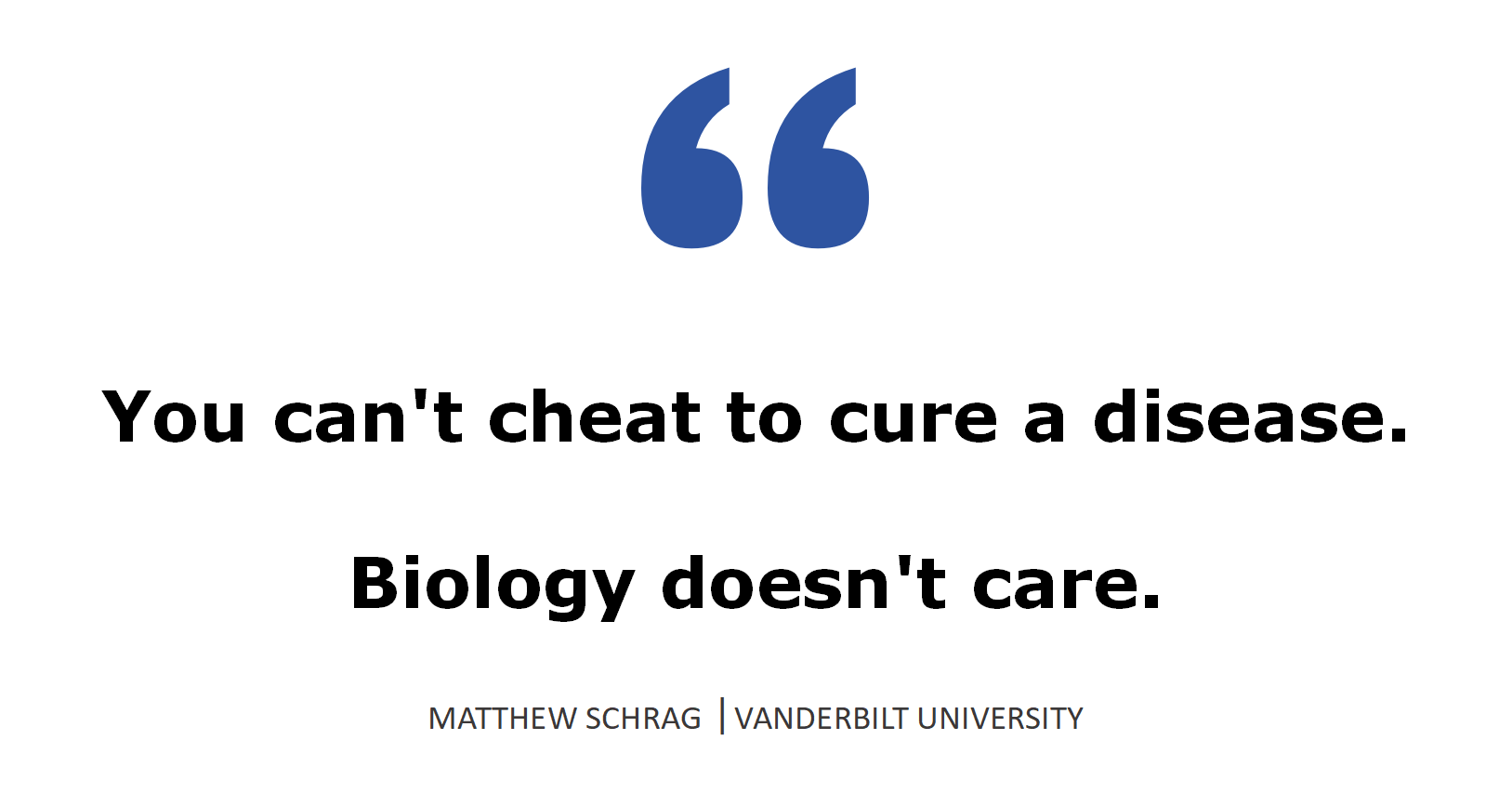Image by Freepik
Recently, Science released a major news story: a foundational study on Alzheimer's disease mechanisms is suspected of image manipulation. After two years of debate, the lead author admitted the paper contained altered images and agreed to retract it.
According to Retraction Watch, the study has been cited nearly 2,500 times. The current record for the most-cited retracted paper is 1,656 times. If retracted, this paper will become the most-cited retracted paper ever. High citation counts mean significant academic impact. This 2006 foundational paper's retraction could mean 18 years of research has gone astray.
Study that Started Everything, Researcher's Quick Fame
On July 22, 2023, Science published an investigation report accusing a key Alzheimer's study of misconduct. The news shocked the academic world. This study was an early, significant work in the amyloid protein direction of Alzheimer's research.
The cause of Alzheimer's has been debated. In the 1980s, many hypotheses existed, but "β-amyloid protein" was the most prominent.
In 1906, German pathologist Alois Alzheimer found plaques and protein deposits in a dementia patient's brain. In 1984, Glenner and others isolated and sequenced these proteins, naming them β-amyloid (Aβ).
Scientists linked β-amyloid to Alzheimer's and began developing drugs. However, hundreds of targeted therapies failed, casting doubt on the "β-amyloid hypothesis" until a 2006 paper emerged.
First author Sylvain Lesné gained fame with this paper. Corresponding author Karen Ashe, a renowned neuroscientist at the University of Minnesota, created a popular Alzheimer's mouse model.
The paper discovered a soluble Aβ subtype: Aβ56. Injecting Aβ56 into young mice drastically reduced their memory. Nature called Aβ56 the "prime suspect" in Alzheimer's. Ashe claimed Aβ56 was the first substance found in brain tissue to cause memory impairment.
Within two weeks of publication, the corresponding author won the prestigious Potamkin Prize in neuroscience. The first author became the leader of the University of Minnesota's neuroscience graduate program.
Coincidentally, it was the 100th anniversary of Alzheimer's discovery.
2,500 Citations, Record-Breaking Retraction
Despite its star status, not everyone believed in Aβ*56.
Donna Wilcock, an Alzheimer's expert at the University of Kentucky, found Aβ56 unstable and hard to purify. Many labs failed to find Aβ56 in humans.
Dennis Selkoe, a Harvard professor and β-amyloid hypothesis supporter, also failed to find Aβ*56 in humans.
Repeated failures led scientists to scrutinize the Nature paper and other related studies. Matthew Schrag, a neurologist at Vanderbilt University, found potential image issues in 10 papers, including the Nature paper.
Schrag submitted evidence to journals and NIH. Science invited experts to review the images. Six months later, Science announced over 70 images in Lesné's papers might be problematic.
Although the paper's authenticity is under review, the authors' academic credibility is damaged. The downfall of prominent figures can be entertaining, but if hundreds of new drugs' development was affected, it's no laughing matter.
New Drug "Valley of Death," Is It Responsible?
Science reported that NIH spent about $1.6 billion on amyloid-related projects, half of the Alzheimer's project funding. Nobel laureate and Stanford neuroscientist Thomas Südhof said the scandal wasted NIH funds and misled research.
On June 7, 2021, the FDA approved a new drug, but its advisory committee overwhelmingly opposed it, questioning the "central nervous system Aβ burden reduction" endpoint.
FDA advisory members wrote in NEJM that there was no substantial evidence that reducing β-amyloid meant clinical benefit. Even after full approval, more research was needed to verify clinical significance.
Currently, U.S. Medicare limits Alzheimer's drug coverage to clinical trials. The pharmaceutical industry's 20-year success rate is only 2.7%, earning the nickname "Valley of Death." Is this "Valley of Death" linked to the foundational paper's fraud?
Science noted that while some believe the paper's false conclusions should be overturned, others think amyloid as a cause is still valid.
Ashe defended herself, saying, "Image manipulation didn't change the experiment's conclusion."
Ashe's latest response Image Source: Data 4
She stated in an email to Science that she agreed to retract because Nature refused to publish her correction, making retraction the "only option." She emphasized maintaining scientific record integrity but differed in expression.
Although the paper focused on one β-amyloid plaque type, its early significance means its impact on β-amyloid research over 18 years is unknown. However, the academic community has undoubtedly invested heavily in this dispute.
As academic misconduct expert Elisabeth M Bik said, "Image manipulation results are unreliable. Repeating and reproducing experiments 20 years later is good for the field, but it doesn't eliminate concerns about the 2006 paper's data."
To date, first author Lesné has not responded and remains a professor at the University of Minnesota, still receiving NIH funding.

Meanwhile, the journal that published Lesné's questionable papers await investigation results. Science reported that the University of Minnesota will soon release more information.
As the Alzheimer's research community grapples with the fallout from the Aβ*56 saga, one thing is certain: the path forward will be arduous, but the lessons learned will shape the future of this vital field for generations to come.
References
[1] https://www.science.org/content/article/potential-fabrication-research-images-threatens-key-theory-alzheimers-disease
[2] Alexander GC, Knopman DS, Emerson SS, Ovbiagele B, Kryscio RJ, Perlmutter JS, Kesselheim AS. Revisiting FDA Approval of Aducanumab. N Engl J Med. 2021 Aug 26;385(9):769-771. doi: 10.1056/NEJMp2110468. Epub 2021 Jul 28. PMID: 34320282.
[3] https://www.cms.gov/newsroom/press-releases/cms-finalizes-medicare-coverage-policy-monoclonal-antibodies-directed-against-amyloid-treatment
[4] https://pubpeer.com/publications/8FF7E6996524B73ACB4A9EF5C0AACF





Post comments